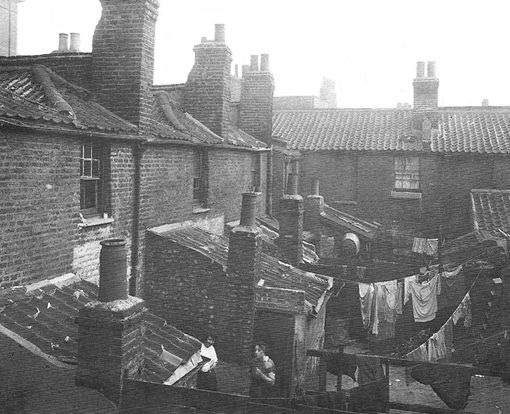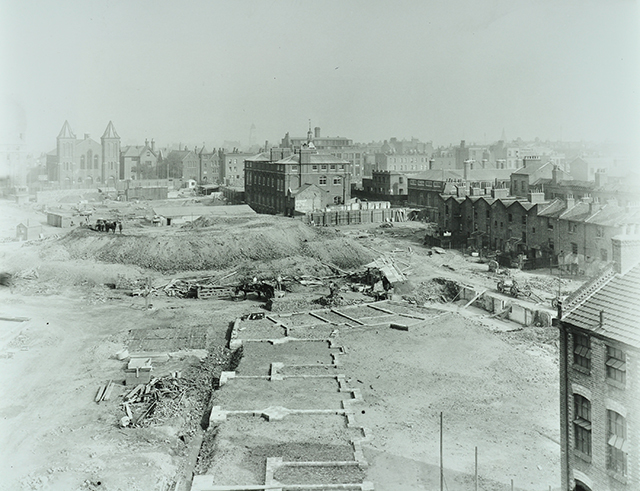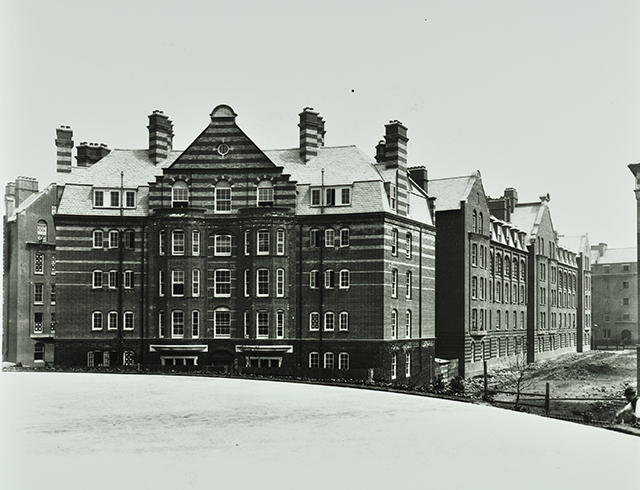Category: 2021
PG13_RADICAL
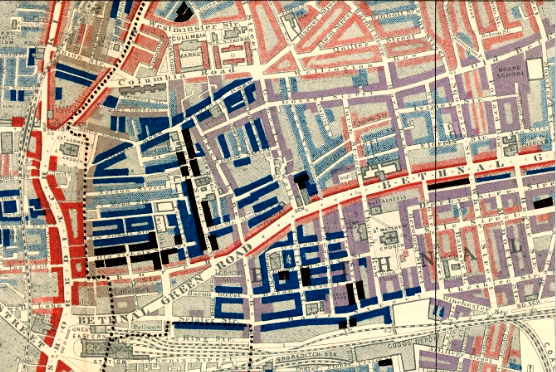
Charles Booth’s Descriptive Map of London Poverty 1889 showing The Old Nichol area, later transformed into the Boundary Estate. Areas in black are indicating ‘Lowest class. Vicious, semi criminal.’
Old Nicol Road Slums / Boundary Estate
At the height of the British Empire, with Queen Victoria ruling over large parts of the world, unimaginable riches flowed back to England from the overseas colonies. The new global trade routes made English industrialists immensely wealthy. Like today these riches were not spread equally across the population and most parts of London of the late 19th century was a dark place to live in. With people moving into the big cities looking for a better life, resulting in poverty and misery – this created huge overcrowded slums.
At the time hugh areas of land could only be leased for a maximum of 21 years. This mean landlords had no interest to create building that would last. But even this was too much for some peopel who woudln’t even be able to rent a bed for a night – being forced to get a space in in a room with robe beds – ropes to lean over and rest for the night.
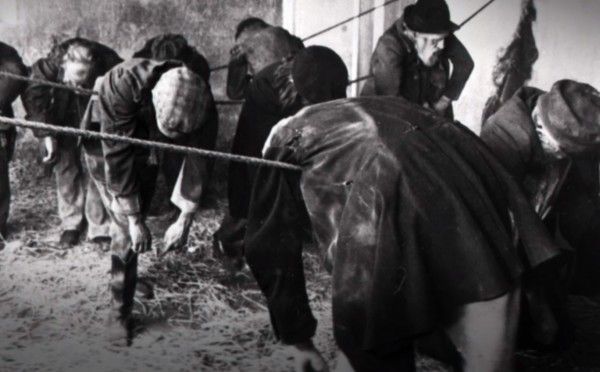
‘Rope beds’ were a cheap but misreable way to spend the night in a doss house.
While some of the luck inhabitants were able to afford a space in a sleeping coffin, the ‘Four Penny Coffins’.
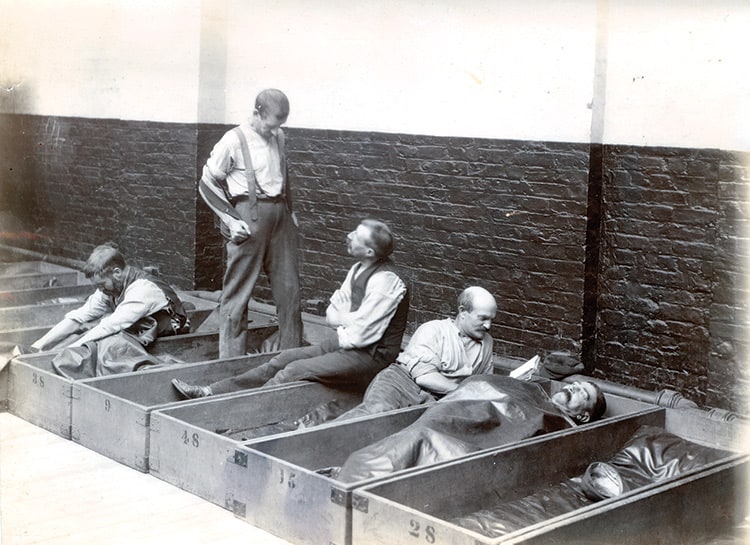
‘Four penny coffins’ were a relative luxury compared to the alternatives.
With nearly 6000 inhabitants the area once called Old Nichol was one of the worst slums of the East End in the late 19th century. Immortalised in the novel ‘A Child of the Jago’ by Arthur Morrison the area was highlighted on the Charles Booth’s poverty map is inhabited by the “lowest class, loafers, criminals and semi-criminals”.
The local reverent, Osborne Jay initiated the rebuilding of the slum which created the Boundary Estate, one of the world’s first council estates. The new buildings were influenced by the Arts and Crafts movement and were built to a high standard. Housing over 6000 residents each flat was designed to maximise good light and air for the residents. Sadly, only 12 of the original slum residents moved into the flats, the others moving on to new cheaper areas in Bethnal Green or Dalston, taking the overcrowding with them.
The crisis of the clums led to the invention of a new housing typology, the council house.

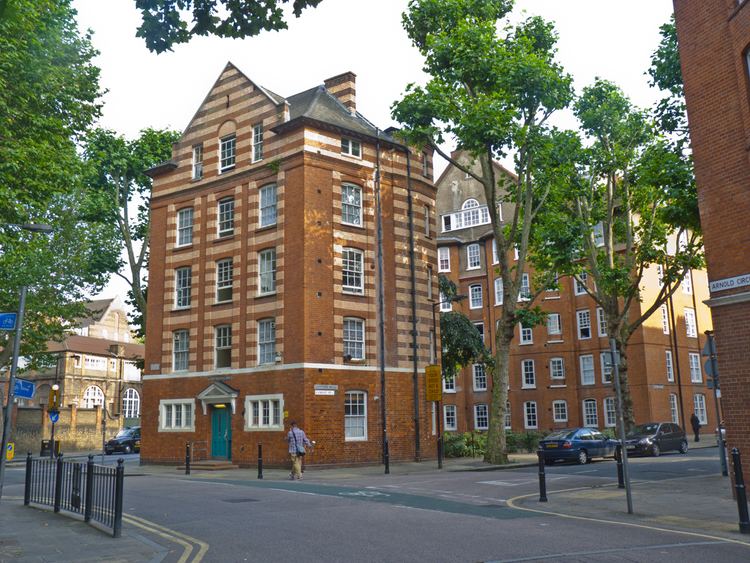
Grim Realities of Life in the Slums
.
PG13 2020/2021
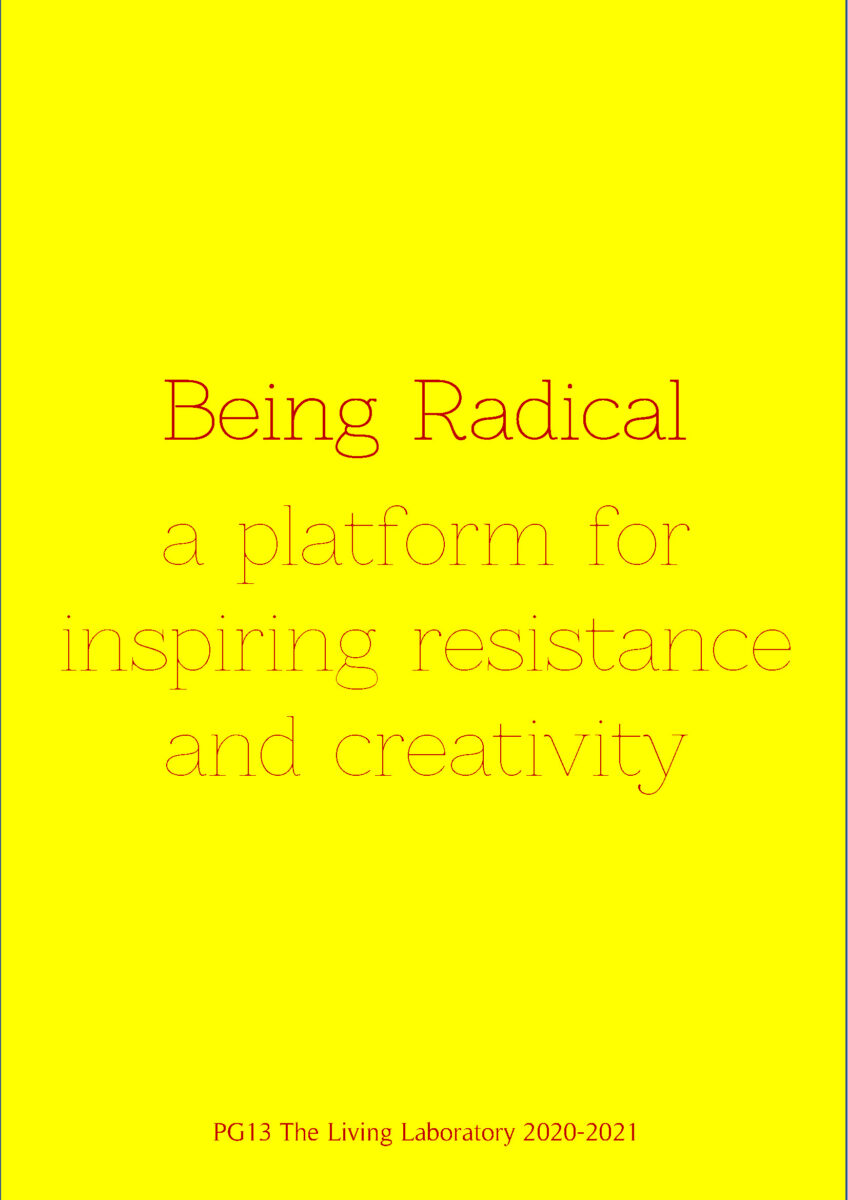
Being RADICAL – a platform for inspiring resistance and creativity
Unit PG13 – the Bartlett Living Laboratory is continuing to explore how we live, how we inhabit spaces and our cities; our students are empowering communities and inventing new typologies of living.
The most powerful architectures have been created out of a crisis, a rebellion, or a clear break with the past. The strongest pieces of architecture can be traced back to a radical new (creative) vision. This pattern can be traced all across the architectural history and at times of great uncertainty these radical ideas to emerge and flourish. What is needed is a shift in how we operate, a reconsideration of the basic principles of how we live, how we treat each other and our planet; what is needed is US being RADICAL.
Our work will form part of the Seoul Biennale 2021 and we are planning to host a workshop at the Venice Biennale in 2021.
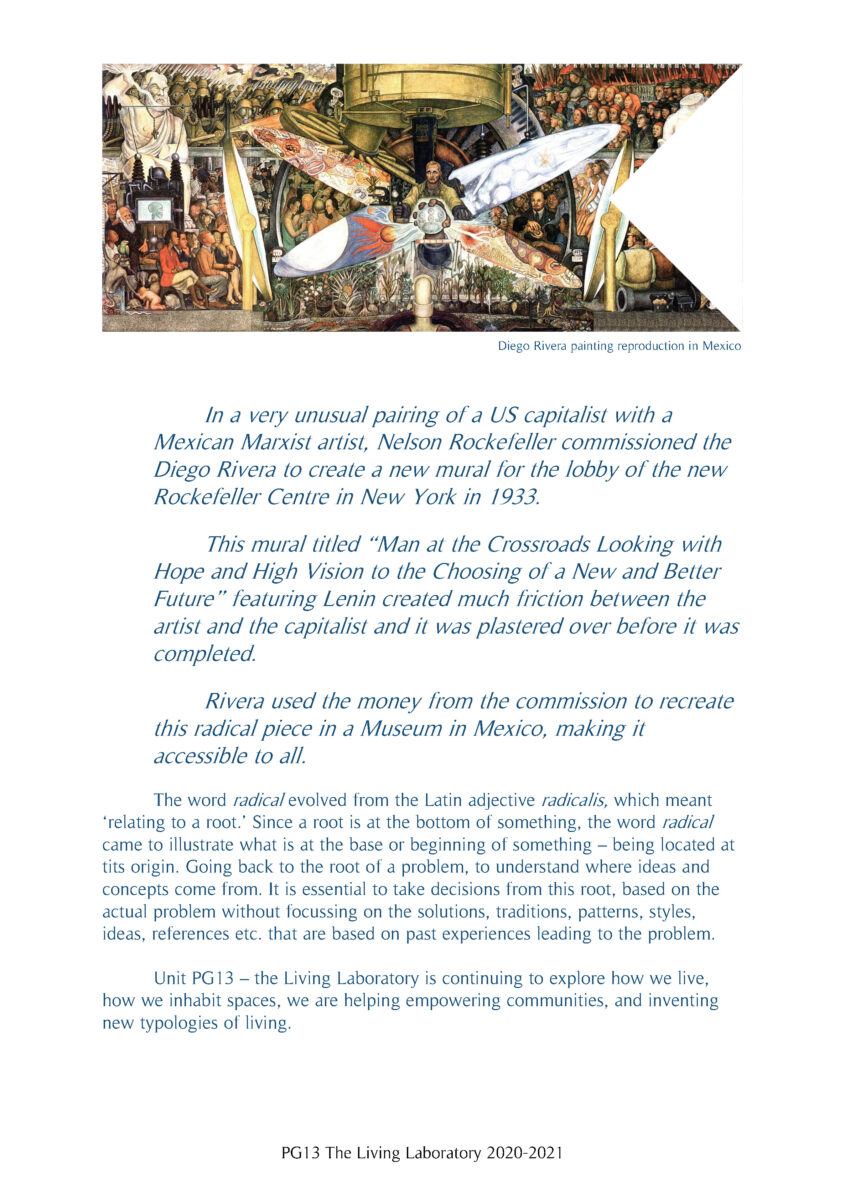

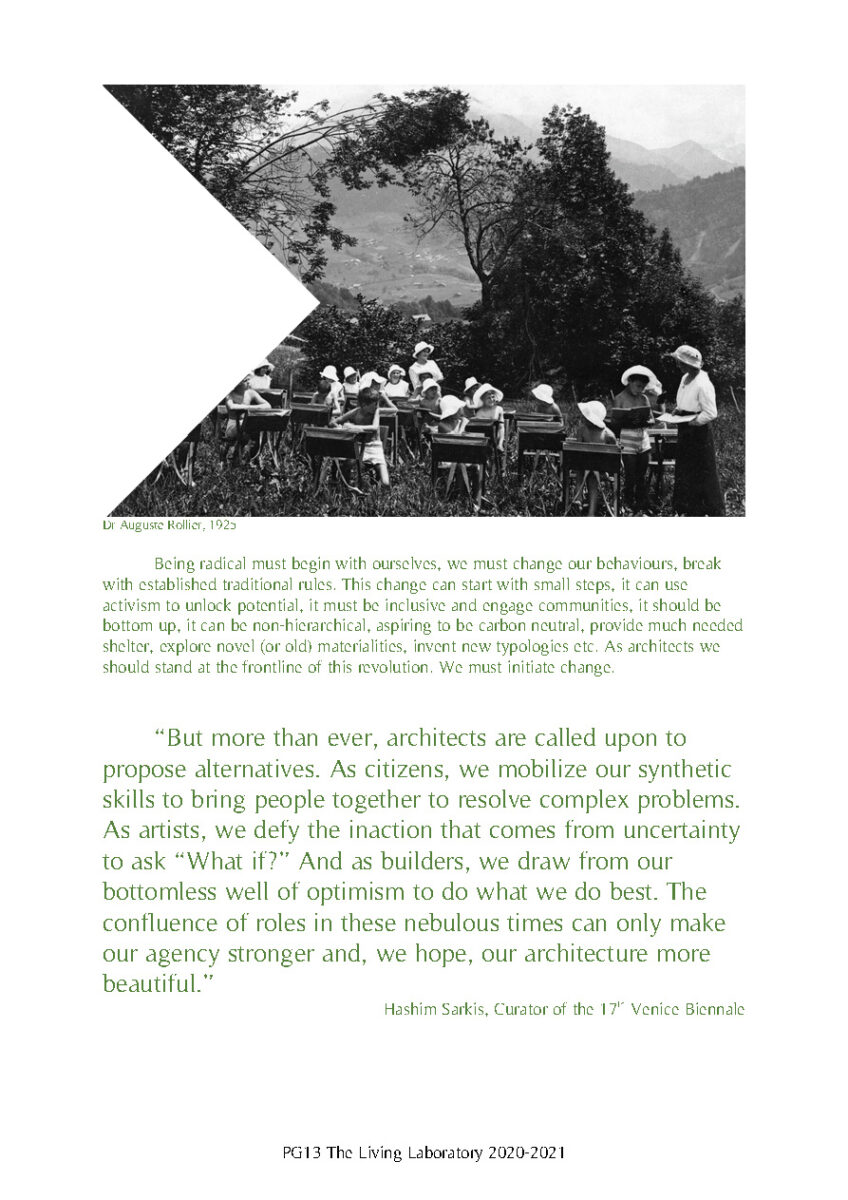
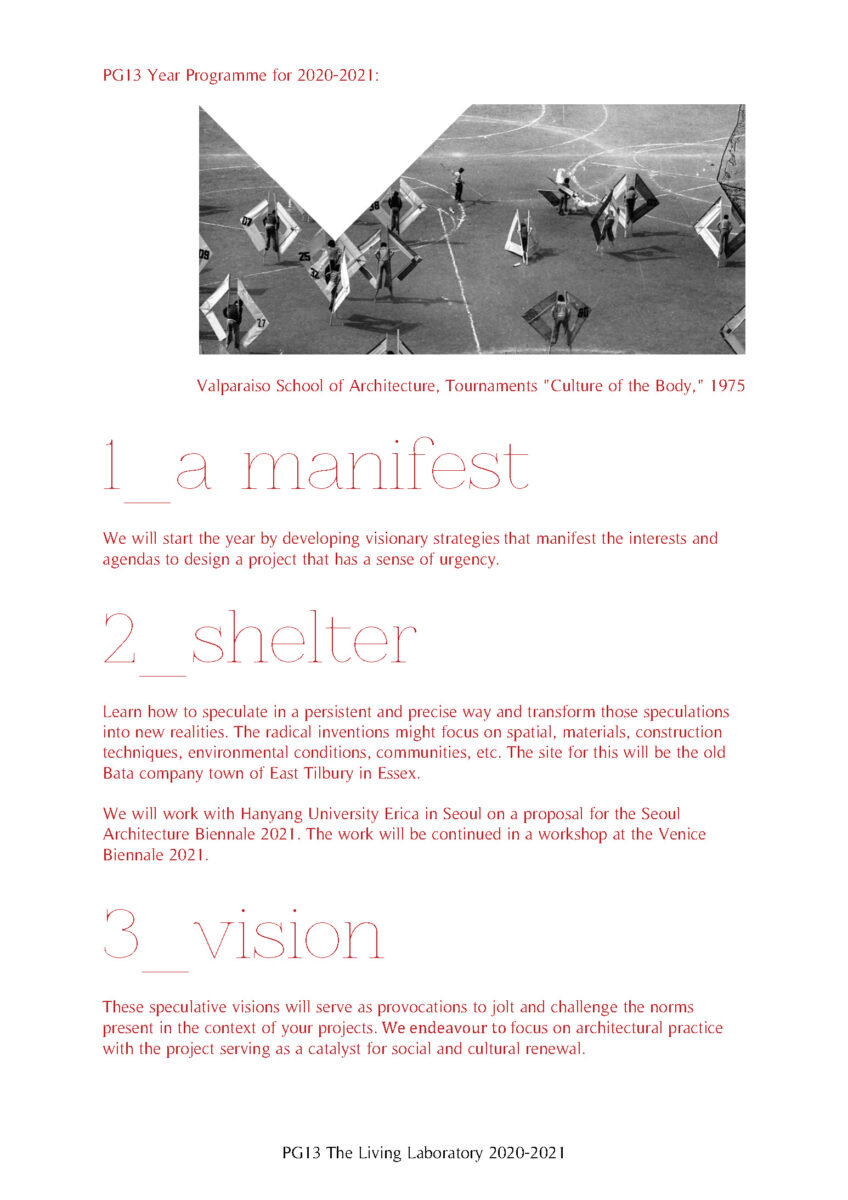
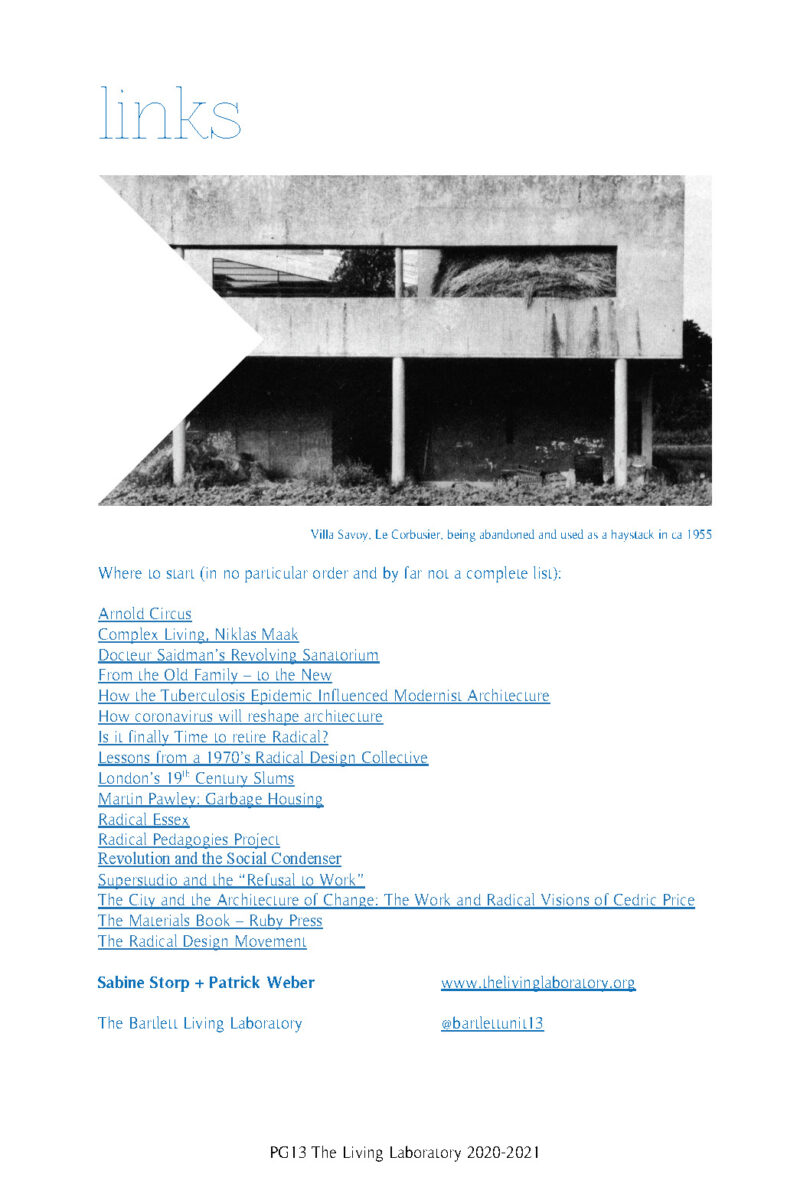
Sabine Storp + Patrick Weber
The Bartlett Living Laboratory
London – Seoul Biennale – Venice Biennale
